This is the second part of a two part piece. Pt.1 appeared yesterday here.
By: Tenzing Dhamdul
The Tibetan people and life in exile
Life in exile was tough for the Tibetans who not only came into a whole different area but also were living amongst a different people.
On top of this the first wave of Tibetans who came to India as refugees were referred to as an exodus by the 1961 UN General Assembly resolution and were devoid of any material resources as they most of them were poor in terms of material wealth when reaching India.
However, the Indian government and more importantly the presence of the Dalai Lama was able to uplift the spirit of the beaten and abused Tibetans so long abused by the Chinese governance of Tibet.
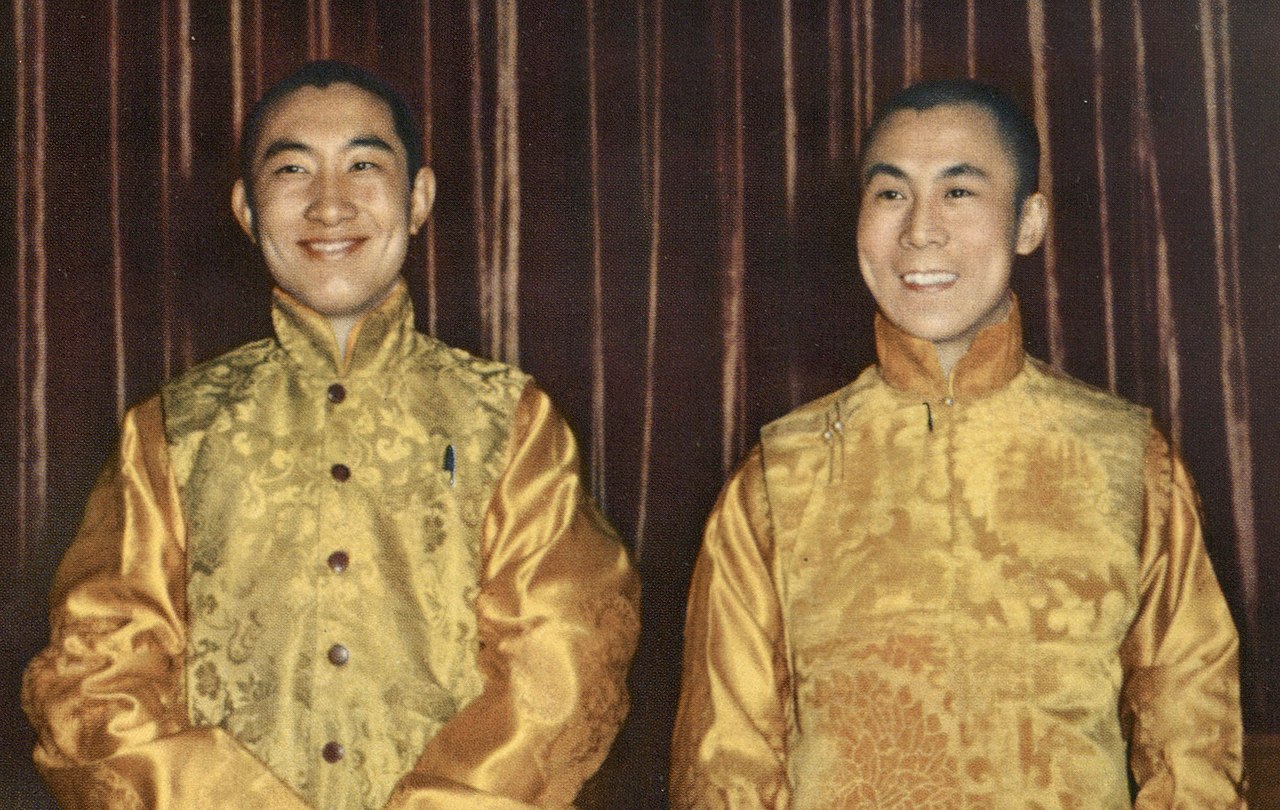
To further assist in the growing number of Tibetans coming to India as refugees the Dalai Lama established a Tibetan government in exile and ushered in a democratic form of governance to Tibetan society for the first time.
The Dalai Lama also sought help from the world leaders and the people of the world in helping his own people in such a time of need.
Many flocked to India to help the Tibetans with the Red Cross playing a vital role, especially when treating the Tibetans with diseases brought about due to a sudden change in the climate in which they were living.
The Dalai Lama first ventured to Japan and then Thailand in 1967, and then to European countries to raise the plight of Tibetans in Tibet – and even those in exile.
He and his people received a great deal of help, but nothing could compare to what India gave to us.
They not only welcomed us as refugees, but allowed gave us land and permission to set up our own Tibetan school where the ethos of the Dalai Lama was at play.
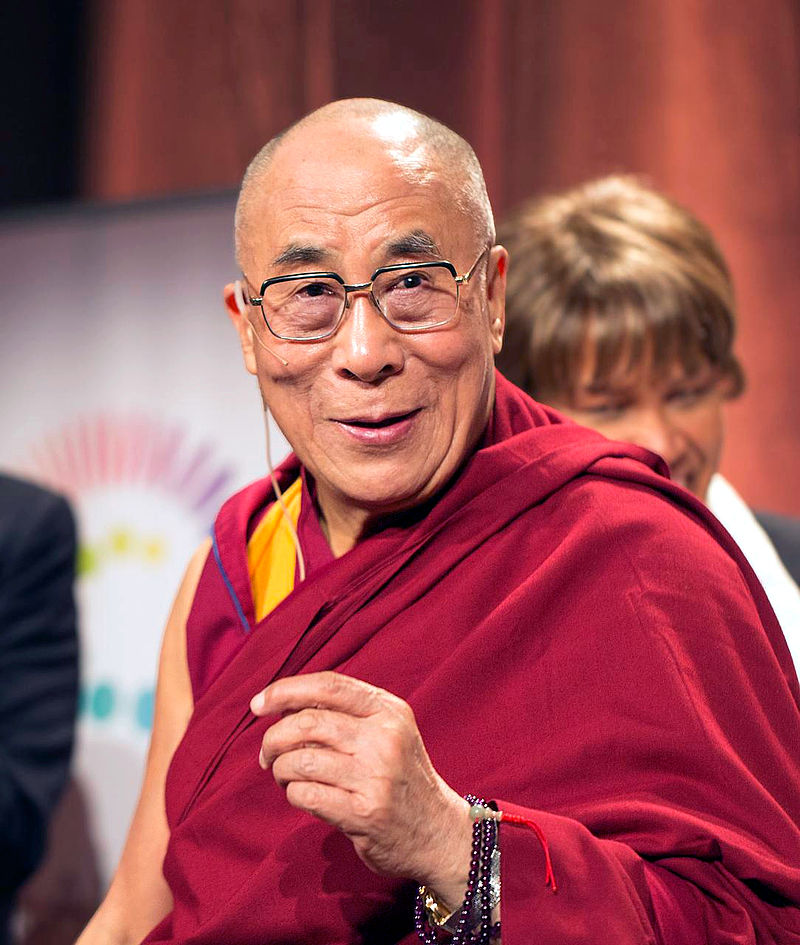
He wanted us Tibetans to be educated, but also to preserve our own culture and traditions.
The goal set by the Dalai Lama here was to establish a generation of 21st century Tibetans who would be birds bearing the feathers of modern education and rich culture and traditions.
In those dark times for Tibetans the Dalai Lama was the beacon for all Tibetans in exile and also those in Tibet.
This was clearly evident when the first Tibetan party representing the Dalai Lama was allowed to inspect Tibet by Deng Xiaoping who had succeeded Chairman Mao, and was trying to usher China onto the global stage.
Here, the Tibetans in Tibet flocked to see these representatives and showed human expressions of both sadness and happiness at the same time – but also reverence towards the Dalai Lama whom they still saw as their legitimate leader.
Chinese propaganda VS Tibetan belief
The world gradually started to accept China, and a 1970’s relationship established with the USA was a major breakthrough for Beijing.
However, the 1989 Tiananmen Square massacre shattered this illusion as the world started to once again question the Chinese leadership.
Many now started to see the truth in the words of the Dalai Lama, and saw facts in the various human rights abuses occurring in Tibet.
This led to the Dalai Lama meeting the US President, and gaining the approval of a major power.
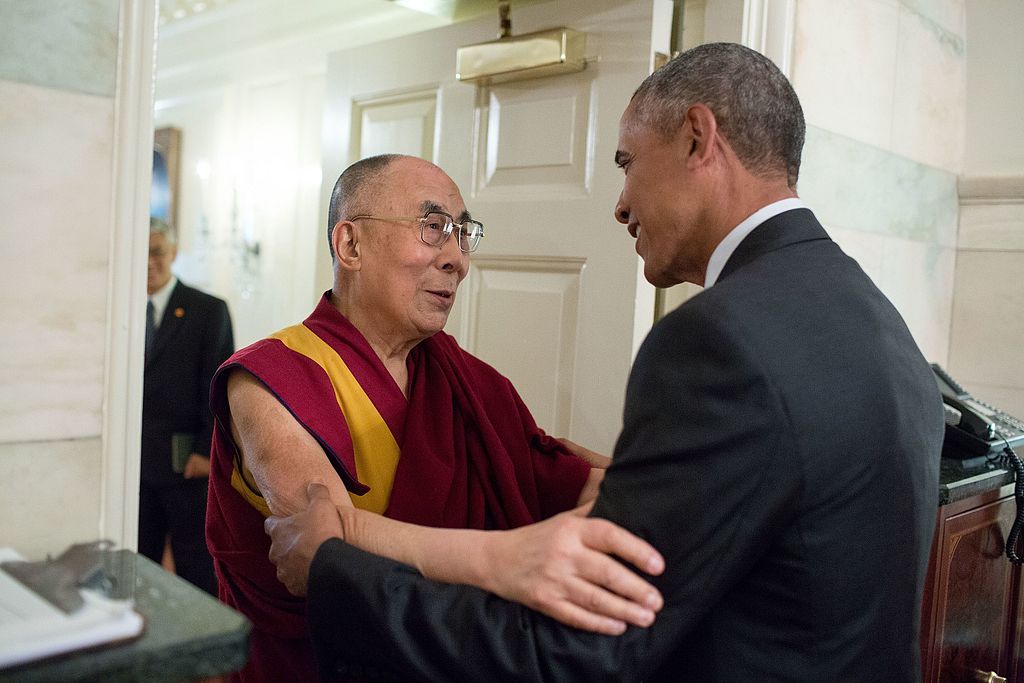
The passing of the US Tibet Policy Act, and the recent Tibet Policy and Support act by the US Congress shows how the US and many other countries have gathered and stood firm in helping Tibetans see light at the end of the tunnel in the recent years.
The only approval needed now is from the Chinese leadership who still do not accept these facts and condemn the actions of the Dalai Lama while continuing to abuse Tibetans in Tibet where many are treated as subhuman.
The arrest of Tibetan students who made their own non-Chinese illustrations during a school football tournament shows us the level of suppression even at schools.
On top of this the issue of reincarnation that has been brought up of late by the Chinese intent on controlling the whole process – despite calling the Dalai Lama a separatist and terrorist – shows the level of hypocrisy and mediocrity prevalent in Beijing.
Some may view these factors as realist, pragmatic and Machiavellian but one cannot stoop so low and adopt such policies when you have already shown your hand to the world.
Even Taiwan, a country that Beijing cherishes it as its own knows this is wrong and condemns such acts, giving precedence to the Dalai Lama when it comes to the process of his reincarnation.
Now we, as people with all the information in the world at our fingertips, must judge these facts, and truly decide what is true and untrue here – especially when it comes to Beijing’s juggernaut propaganda approach against the non-violent and factual approach adopted by the Tibetans under the stewardship of the Dalai Lama.
Whether the Dalai Lama is really a separatist and a terrorist or rather a simple monk who just wants to visit and reside in his motherland is up to the world to decide, not just China.
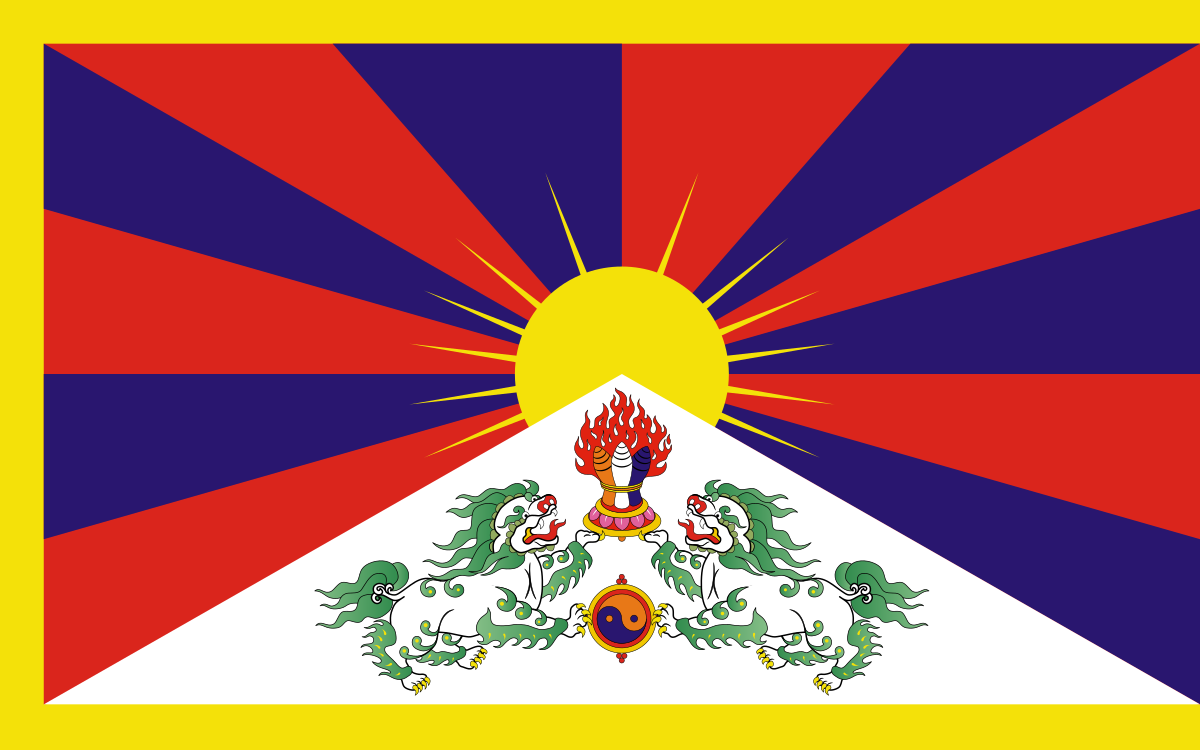
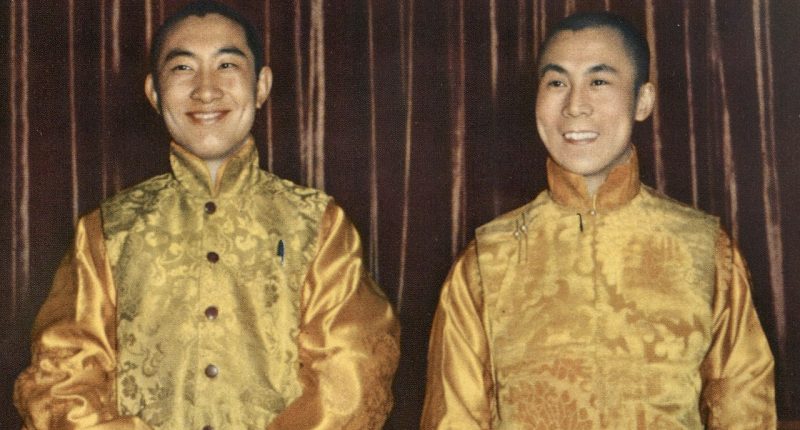



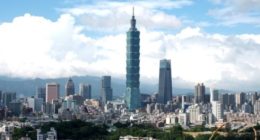





Comments are closed.